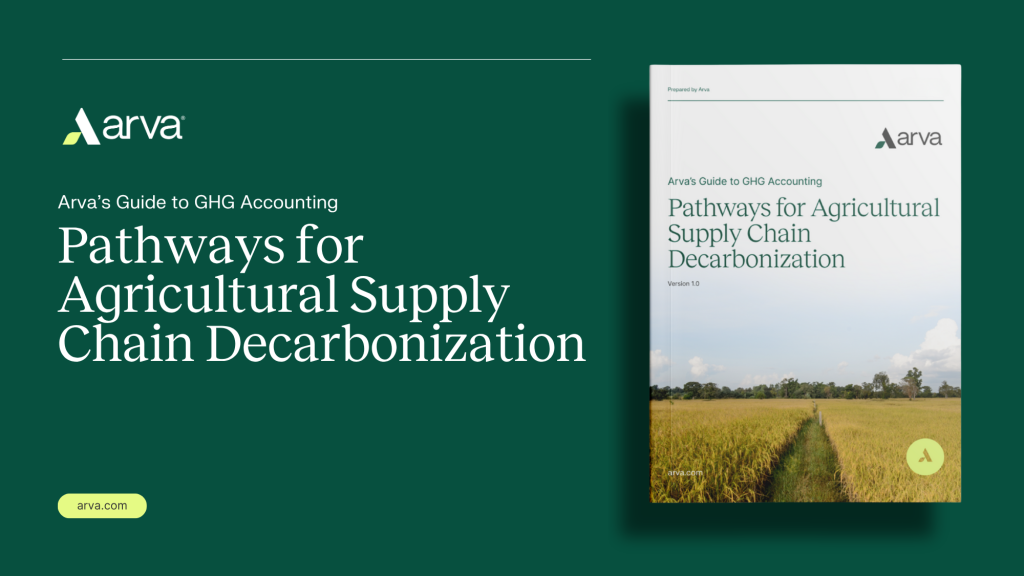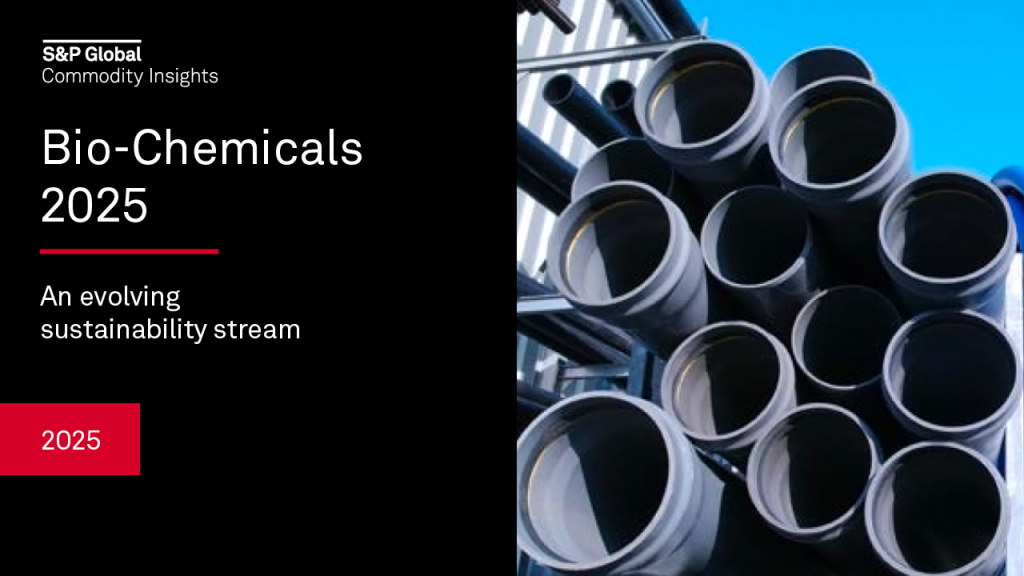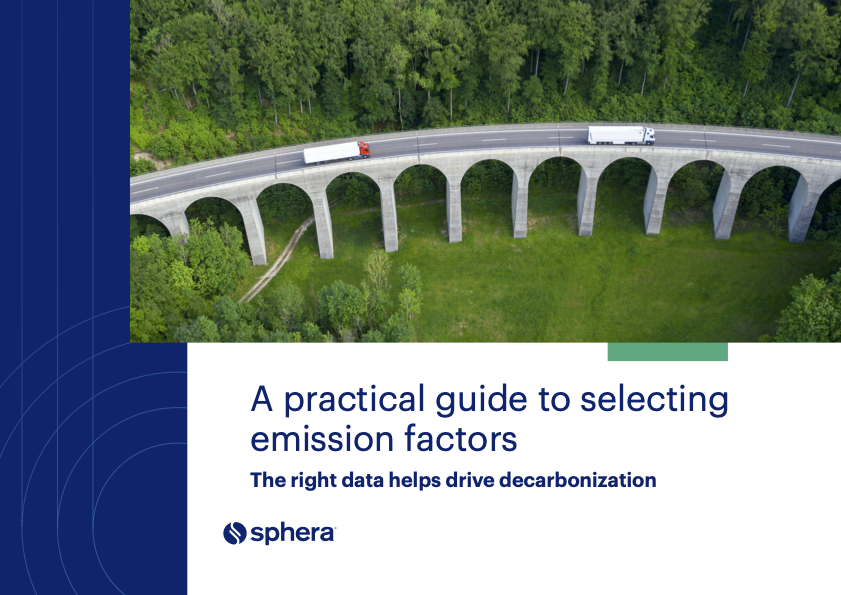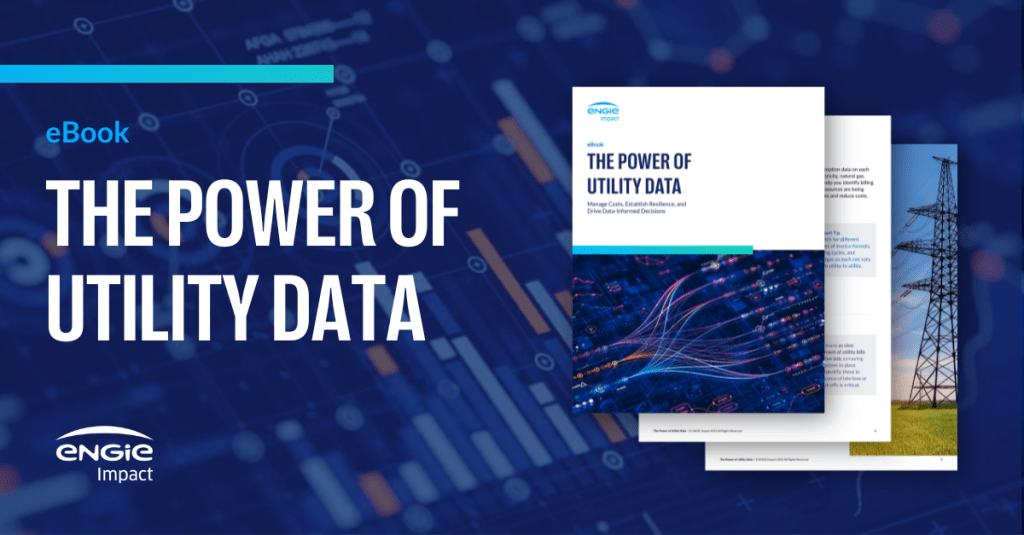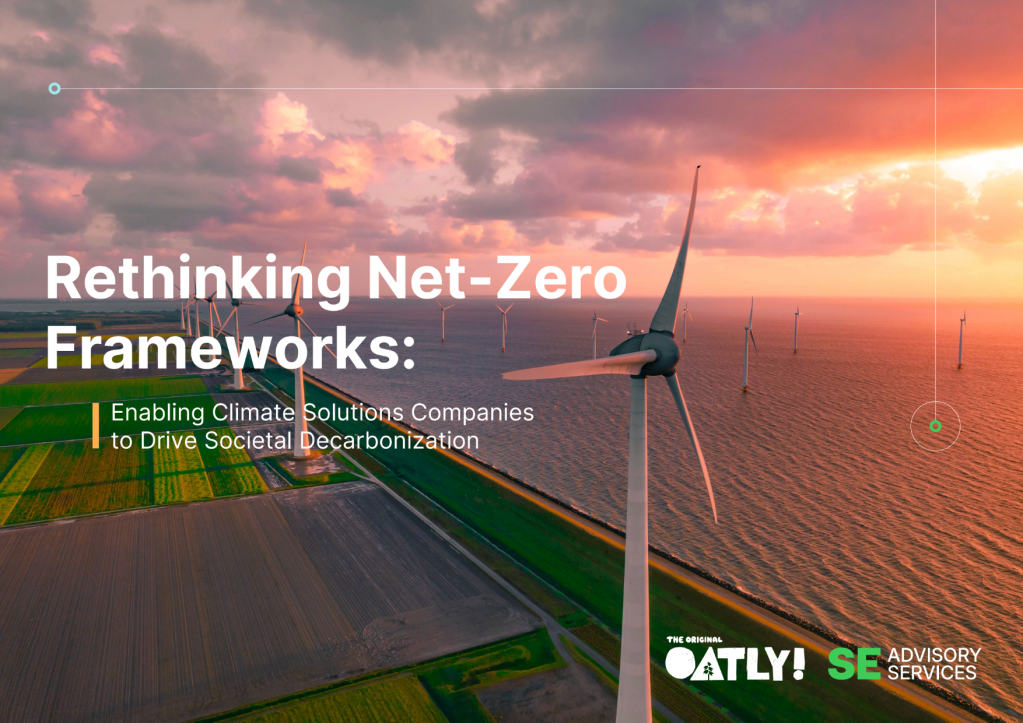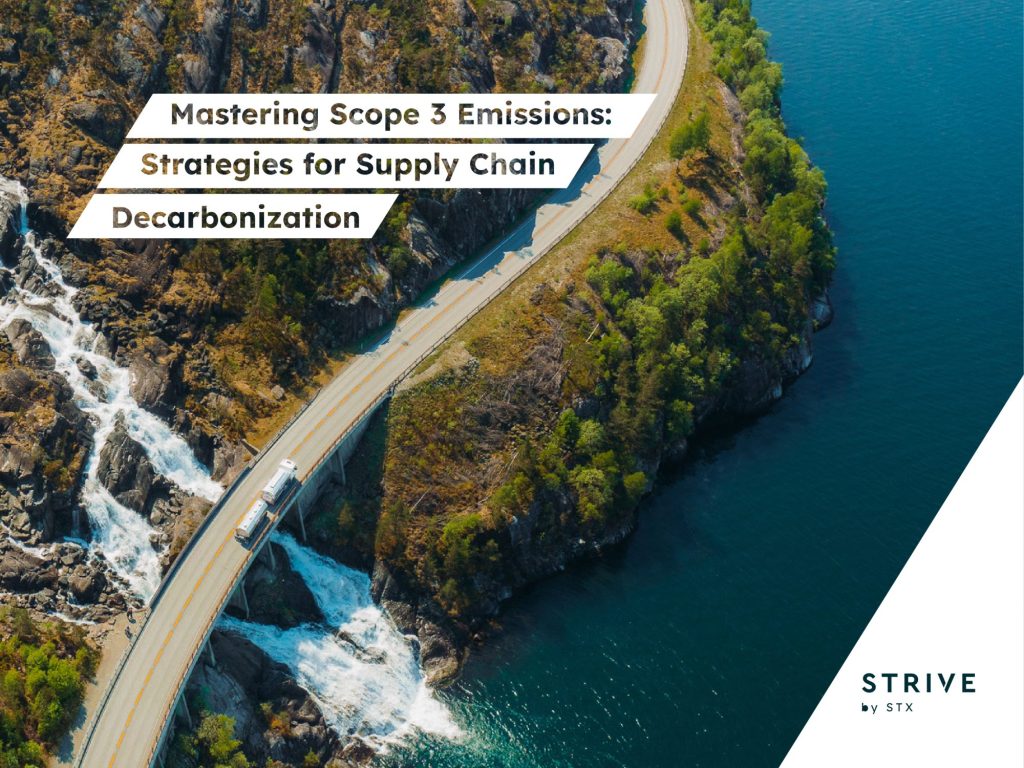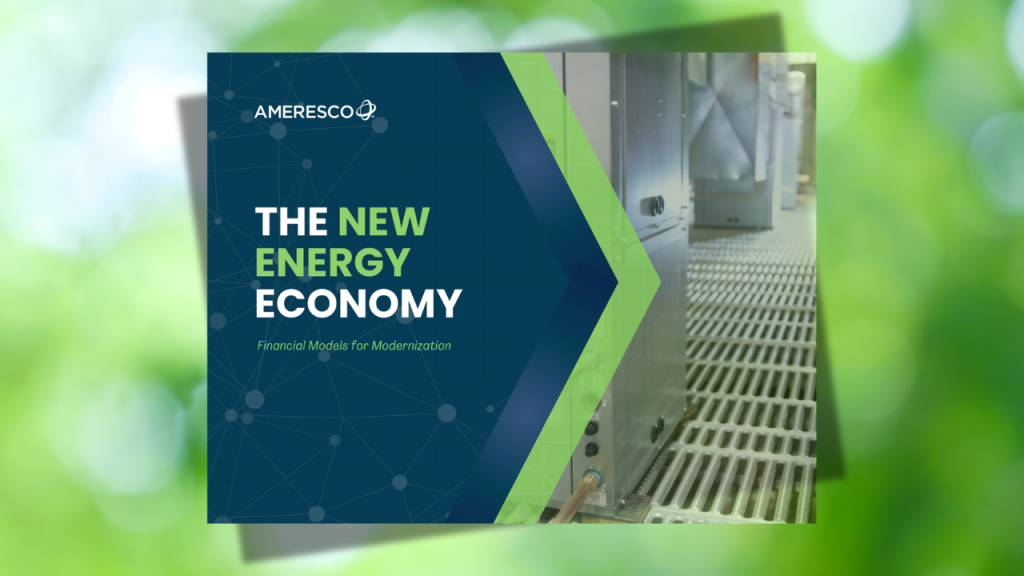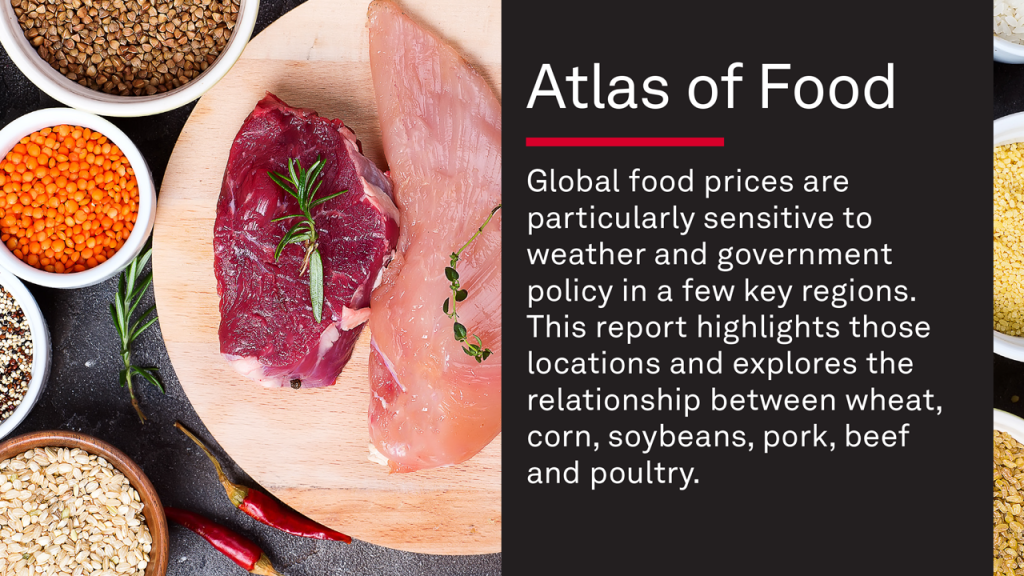Study: AI can cut billions of tons of carbon from food, power and mobility sectors
The benefits of applying it to alternative proteins, electricity grids and shared mobility far outweigh the additional emissions from data centers. Read More
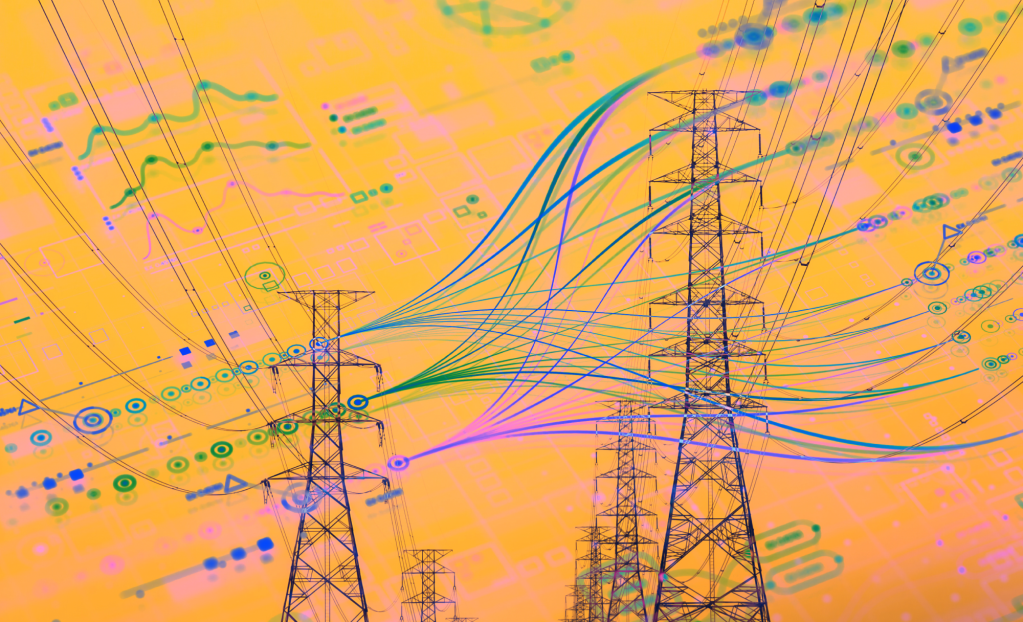
- Global emissions from the three sectors could be reduced by as much as 5 billion tons by 2035.
- The benefits come from AI’s ability to work on multiple fronts, such as speeding the integration of renewables into grids.
- The result means there is “a strong case for using AI for resolving the climate threat,” researchers concluded.
Discussion over AI and climate tends to cluster around two duelling opinions: Advocates hail the technology’s potential to accelerate progress toward net zero, while skeptics warn of a leap in emissions caused by the energy needed to power it.
Researchers at the London School of Economics (LSE) have weighed the two options and come down firmly on the advocates’ side. According to their analysis, AI has the potential to cut emissions by 3.2 to 5.4 billion tonnes of carbon dioxide equivalent (GtCO2e) annually by 2035. At the upper end of the range, that’s around 10 percent of the current global total.
The impact far outweighs the expected annual increase in emissions due to AI’s power demands, which the researchers peg at 0.4 to 1.6 GtCO2e over the same period.
The team’s findings are even more encouraging given that they restricted their analysis of the upsides of AI to just three sectors — power, food and mobility — while the technology’s energy use was calculated by looking across all areas of the economy. Their paper was published last month in npj Climate Action.
How AI can help
The LSE team focused on the three sectors because each contains potential opportunities for AI to drive decarbonization. In food, for instance, scientists can use AI to study molecular structures. This has already produced benefits in biomedical research and could accelerate development of alternative proteins that displace meat and dairy products. AI can also model electrical grids, speeding the integration of renewables and reduce vehicle ownership by optimizing systems used to manage shared transport.
For each sector, the team drew upon expert opinion and studies of AI’s potential to estimate its impact on three factors that determine how quickly a new technology will spread: cost relative to alternatives, appeal to users and ease of access. The researchers then projected the sectors’ emissions through 2035 with AI applied and under business as usual (BAU) scenarios.
Emissions reduction potential of AI in power, food and mobility sectors
“The world faces an unprecedented opportunity to leverage AI as a catalyst for the net-zero transition,” wrote the team, which includes Nicholas Stern, chair of LSE’s Grantham Research Institute on Climate Change and the Environment and an influential figure in climate policy. “Our estimates show that the emissions reduction potential from AI applications in just three sectors alone would more than offset the total AI’s emissions increase in all economic activities, making a strong case for using AI for resolving the climate threat.”
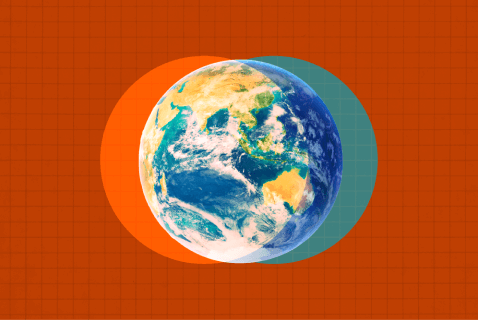
Subscribe to Trellis Briefing
Featured Reports

